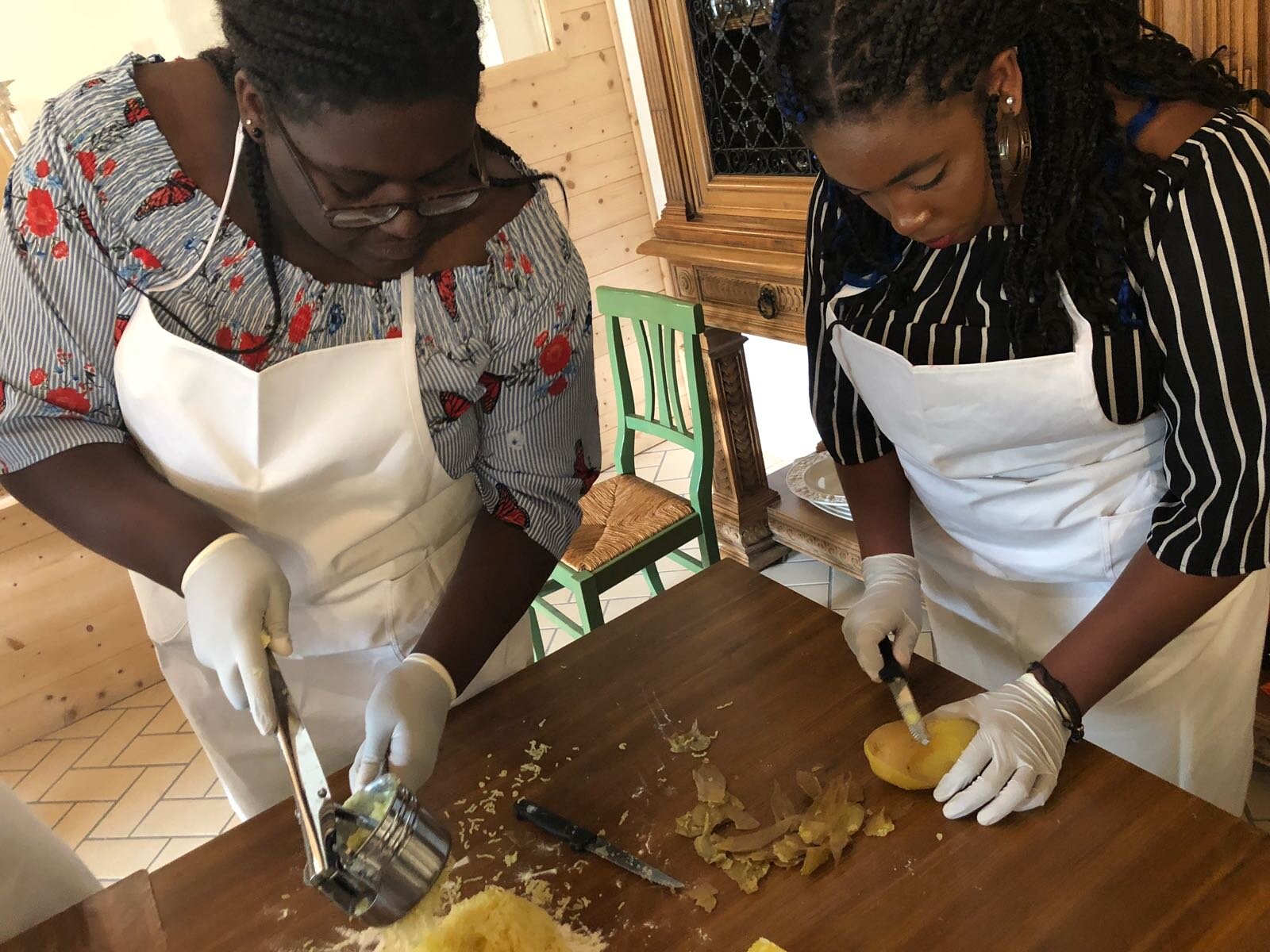SEE the world through stem
Our Global STEM Travel Experience fosters real-world experiential learning beyond the bell. Now more than ever, students must practice empathy and appreciation of others’ cultures and values. International travel builds girls’ independence, helps them recognize their own biases, and exposes them to the possibility of someday living abroad.
— Rising 11th-12th Graders (30 max per trip)
— 2021 Price Not Available due to Covid-19
— 2 Weeks (All-inclusive; trip location varies)
Global STEM Travel Experience
Application Requirements:
Online Application
Personal Interview
Recommendation Letter
Mandatory Orientation
Primary Activities:
Academics: 1 hour/day completing a daily math or science lesson related to the trip’s content theme; 30 minutes/day researching local geography, key facts, the economic and political structure of the visited region
Career: 1-2 hours/trip interacting with local STEM career women
Creativity: Making content connections through educational tours
Leadership: 1 hour/day participating in girl talk
Supporting Activities:
Buddy system
Regional College Tour
Morning and evening reflection
Sightseeing and tours
Regional cuisine
Rewards & Recognition:
Peer Nominated Gem of the Day
Exit Requirements:
Completion and presentation of a capstone project
100% assignment completion
Educational Tours
(Shown: Expo 2020 Site, Dubai, UAE 2019)
Travel with Friends
(Shown: Arrival in Rome, Italy 2018)
Regional College Tours
(Shown: New York University, Abu Dhabi, UAE 2019)
Regional Cuisine
(Shown: Making gnocchi from scratch, Orvieto, Italy 2018)
Local Sightseeing and STEM Exploration
(Shown: Colosseo, Rome, Italy 2018)
Cultural Immersion and Self Reflection
(Shown: Sheikh Zayed Grand Mosque, Abu Dhabi, UAE 2019)
Math and Science Application
(Shown: Leaning Tower of Pisa, Italy 2018)
“Although the diversity of study abroad participation has increased in recent years, minority students are still greatly underrepresented in study abroad. 6.4% of U.S. students who studied abroad were African American; 10.9% were LatinX.”
- U.S. Department of Education's National Center for Education Statistics (2018-2019)










